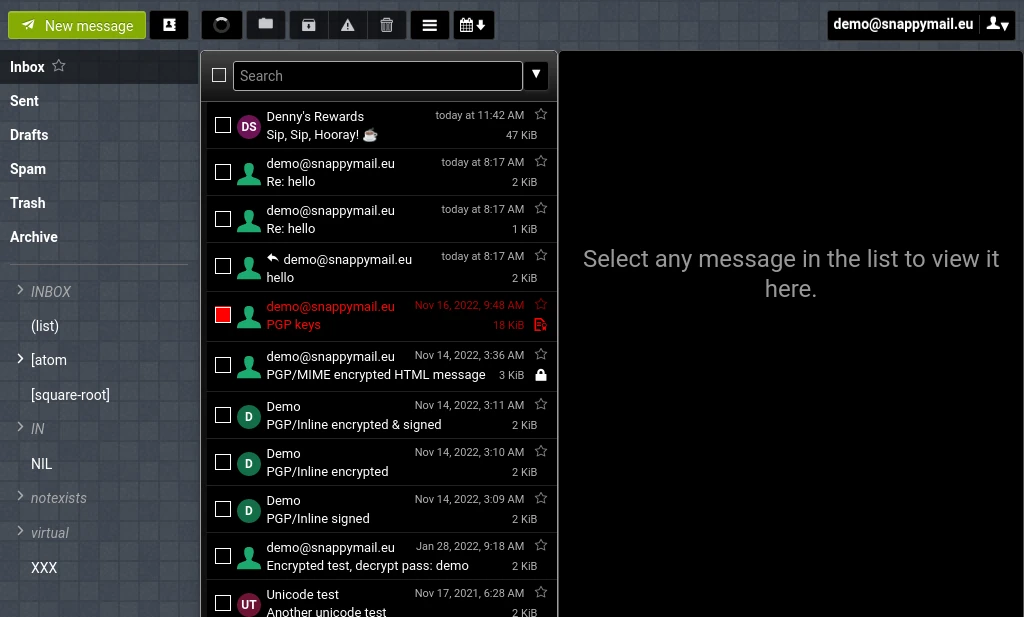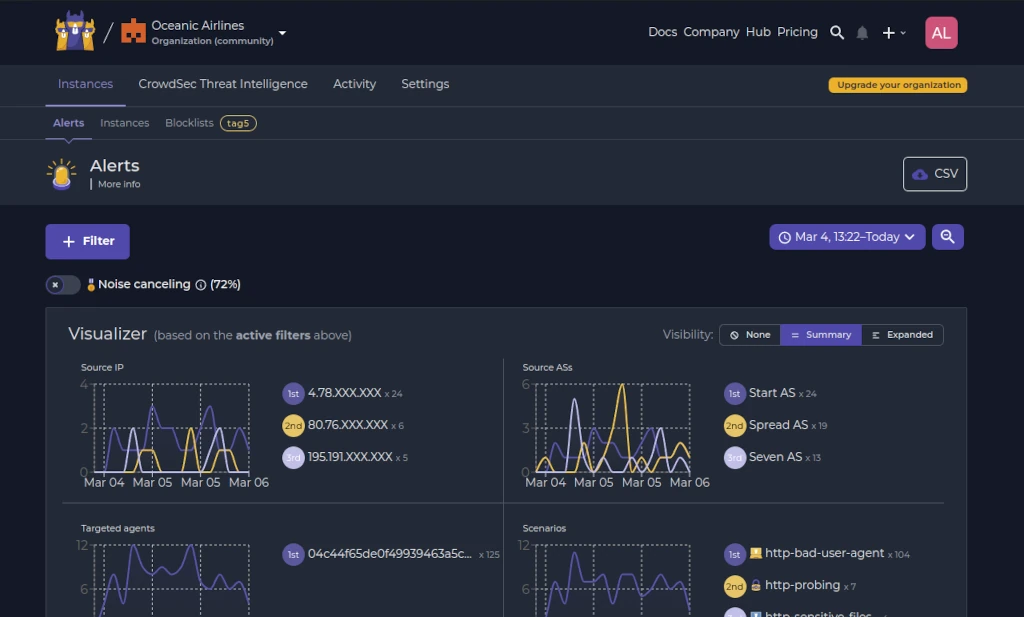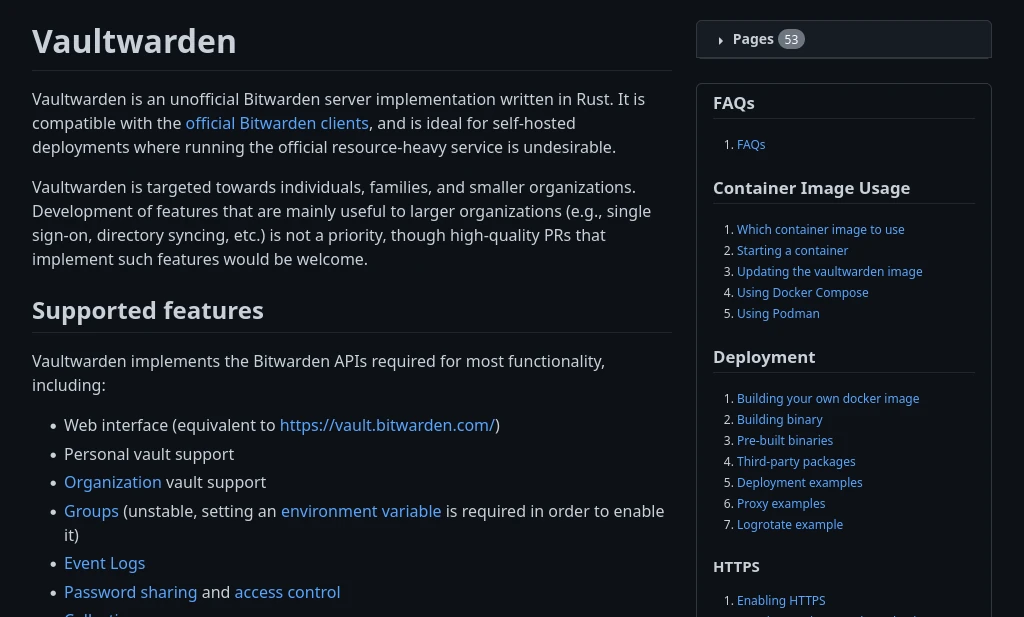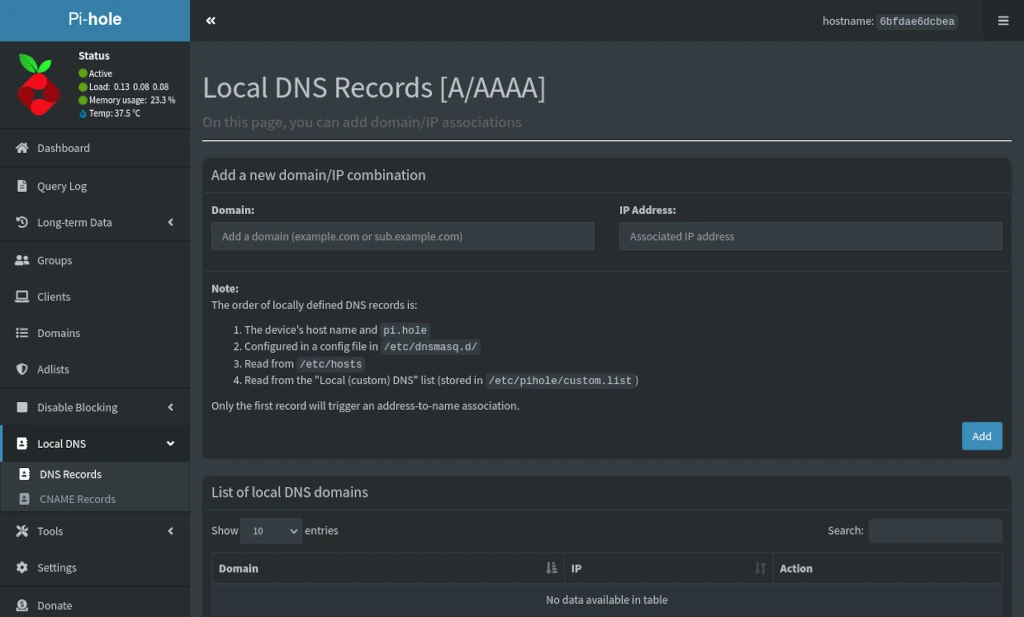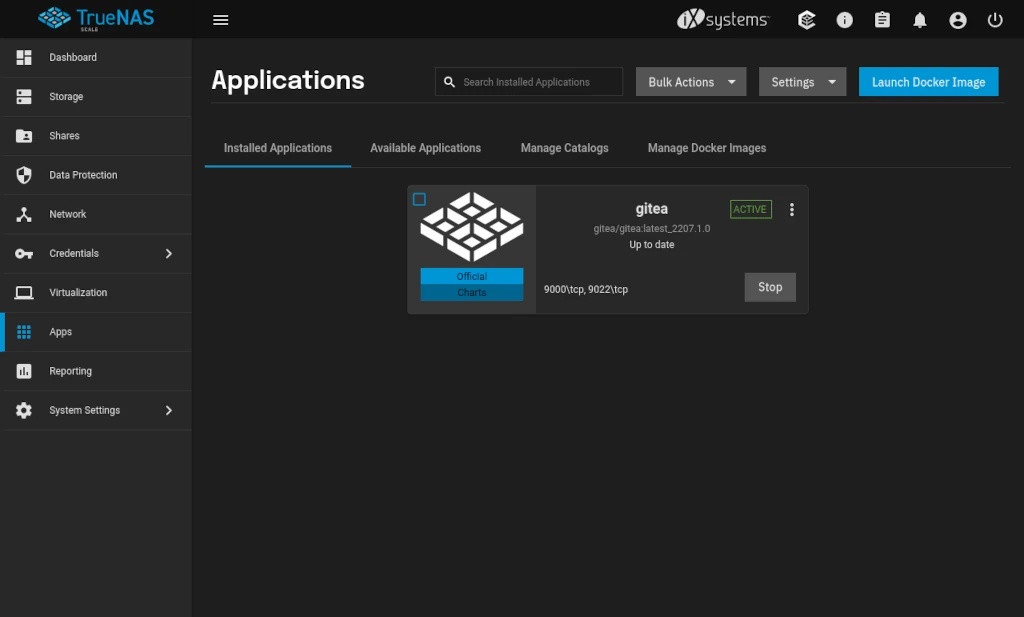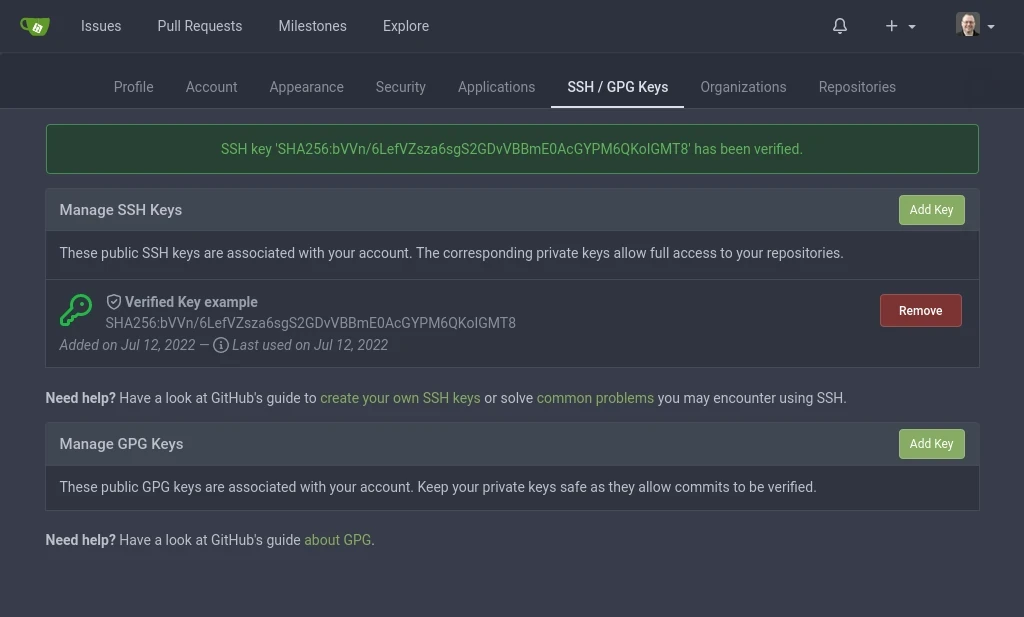Self Hosting SnappyMail Is Simple With Docker Compose
In the world of self hosted webmail clients, SnappyMail has distinct advantages over the alternatives. It’s not only easy to deploy and manage, but also offers superior support for handling multiple email accounts. Whether you’re a seasoned sysadmin or a Docker novice, this comprehensive tutorial will guide you through the process of deploying Snappymail using Docker Compose – whether in the cloud or in your own homelab.
Self Hosting SnappyMail Is Simple With Docker Compose Read More »
